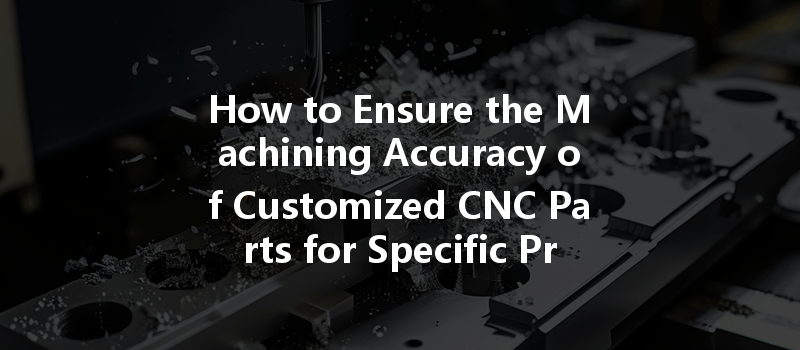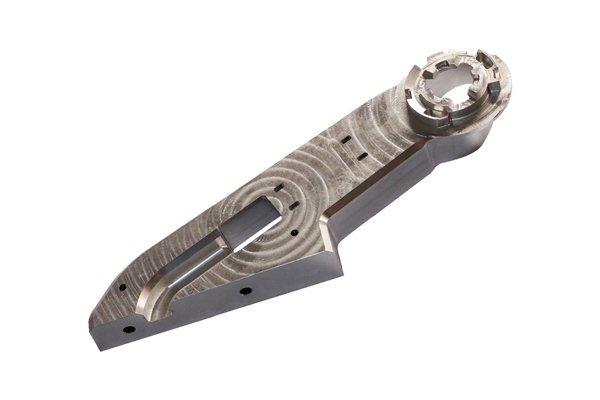Opening:
Did you know that precision in CNC machining can be the difference between a successful product and a costly failure? In industries ranging from aerospace to automotive, the accuracy of CNC machined parts can influence not only the efficiency of machinery but also safety and compliance with regulatory standards. As projects grow increasingly complex, ensuring the machining accuracy of customized CNC parts becomes not just a goal but a critical necessity. So, how can manufacturers and engineers alike achieve this precision?
Content:
CNC (Computer Numerical Control) machining is a manufacturing process that utilizes computerized controls to operate tools such as lathes, mills, routers, and grinders. This technology allows for unprecedented precision in fabricating intricate components from materials such as metals, plastics, and composites.
The Role of Precision
The importance of precision in CNC machining cannot be overstated. According to a survey by the National Institute of Standards and Technology (NIST), 90% of manufacturers pointed out that dimensional inaccuracies in parts lead to increased lead times and production costs. Therefore, maintaining tight tolerances and ensuring accuracy are paramount.
Before any machining begins, it’s essential to define the project requirements thoroughly. This includes understanding the specific needs for tolerances, dimensions, and material selections. Failure to get this step correct can lead to wasted time and resources.
Key Elements to Evaluate:
Various techniques are available in CNC machining, and the best choice depends on project specifications. Processes include milling, turning, drilling, and EDM (Electrical Discharge Machining).
Factors Influencing Choice:
The integration of Computer-Aided Design (CAD) and Computer-Aided Manufacturing (CAM) software is a game-changer in achieving accuracy in CNC machining.
Benefits of CAD/CAM:
Even the most advanced CNC machines require regular calibration and maintenance to maintain accuracy levels.
Maintenance Tips:

Effective measurement systems are crucial for maintaining precision. Employing the right tools and techniques for quality control ensures that parts adhere to their defined specifications.
Essential Measurement Tools:
Quality Control Best Practices:
Investing in a skilled workforce forms a cornerstone of accuracy in CNC machining. Continuous training ensures that operators understand the nuances of machines and processes.
Training Focus Areas:
Communication with customers is vital throughout the CNC machining process. Engaging with clients allows for iterative development, catching possible inaccuracies early.
Strategies for Improved Customer Engagement:
Emerging technologies such as additive manufacturing, artificial intelligence (AI), and machine learning can further enhance precision in CNC machining.
Examples of Advanced Techniques:
In conclusion, ensuring the machining accuracy of customized CNC parts demands a multifaceted approach. From defining precise project requirements and selecting appropriate processes to leveraging CAD/CAM software and engaging with skilled personnel, each element plays a crucial role in achieving high precision.
By prioritizing regular maintenance, employing accurate measuring techniques, and integrating continuous training into work culture, manufacturers can effectively elevate the quality of their outputs. This, in turn, drives customer satisfaction and operational efficiency, making it a strategic focus for any company involved in CNC machining.
The world of CNC machining is rife with challenges, but understanding and tackling them will not only enhance your production capabilities but also pave the way for innovations that can establish your business as a leader in the sector. Remember, in the realm of precision manufacturing, there are no shortcuts—just pathways to continued improvement and excellence.






